by Donna Freydkin / / Source: TODAY

So maybe you went overboard with those zit zappers, and wound up with dry, angry skin. Or perhaps you experimented a bit too much with one of the slew of at-home facial devices out there, and your face didn’t exactly thank you.
Or chances are that you saw a post by one of the many beauty bloggers out there, touting the dozens upon dozens of serums and potions they use morning and night and wondered: How is that even possible and where do they find the time?
Dr. Kim Nichols, a board-certified cosmetic dermatologist based in Connecticut, has a very simple skincare mantra she wants to share with you: Less is most definitely more. That comes to the products you buy, and the devices that seem alluring and oh so effective.
“For myself, because I’m a dermatologist you’d think I use seven things in the morning and seven things at night. But I use three things that work. I use a gentle cleaner. I use a retinol anti-aging product at night and sunscreen in the morning. I use SPF 30. I wash my face twice a day. We all have jobs and need to get out the door,” she told Megyn Kelly TODAY.
And NIchols has a list of things she tells her patients to avoid. If unlike her, you’re not a dermatologist, chances are, you’re just playing around in the skincare aisle. And that can lead to unfortunate and unexpected results, she said.
“They’re very popular and there’s a ton on the market. They feel good. But it’s been shown that they can scratch and irritate the skin. I don’t recommend people use them. For people who have super-oily skin, they can maybe get away with it. Otherwise it’s not something I recommend or use myself. Another popular thing are those at-home devices. With some of them, you can literally break the skin. Don’t use them at home. Have this done in a professional office.”
She recommends: Neutrogena Deep Clean Mask, $7
She recommends: Kiehl’s Rare Earth Cleansing Mask, $33
“It can cause micro-damage and scratching of the skin. You can use those scrubs on elbows or knees but not the face.”
She recommends: Aveeno Positively Radiant Daily Scrub, $7
“It feels good but it’s very irritating and drying to the face. Use lukewarm water.”
“They’re convenient when you’re traveling but they can be full of a lot of irritating ingredients. If you can, bring your own gentle soap.”
She recommends: Dove Beauty Bar for Sensitive Skin, $5
She recommends: Cetaphil Cleansing Face and Body Bar, $8
“I have a lot of patients who use it to cover skin problems like acne. They can be extremely clogging to the skin. They can cause breakouts to be much worse. I like Laura Mercier tinted moisturizer. Colorescience doesn’t cause clogging or irritation and it’s great.”
She recommends: Colorescience Sunforgettable Mineral SPF 30 Sunscreen Brush, $65
She recommends: Laura Mercier Tinted Moisturizer, $45
“I wouldn’t put a thick ointment-based moisturizer on my face. It’s super-clogging. It can cause breakouts. I like CeraVe. It has SPF built into it, so it’s a good one in the morning.”
She recommends: CeraVe Facial Moisturizing Lotion, $15
“I always recommend a physical zinc or titanium dioxide-based sunscreen, with an SPF of 30 or more. You don’t need SPF 100. The physical sunscreens block UVA and UVB rays. Elta MD is a great brand. It’s light and they have they a tinted version. I prefer those over the chemical sunscreens.”
She recommends: EltaMD Broad Spectrum SPF 30 UV lotion, $35
“People like waterproof brands but they can be more irritating. I would stick to something that’s not waterproof. Lancome makes some that are good. Look for the non-waterproof version.”
She recommends: Lancome Monsieur Big Mascara, $25
“The main take-home for that is that more is not more. The acne market is so huge. Those five-step programs you see — they’re full of acids and benzoyl peroxide. You’re going to end up with red, irritated and dry skin. I like to pare down the strong stuff. At home, use one of those on-the-spot treatments, like Neutrogena, just a dot at night before you go to bed. That’s plenty.”
She recommends: Neutrogena Rapid Clear Stubborn Acne Spot Gel, $7
“I am a big fan of makeup remover wipes before you clean your face at night. Cetaphil makes great ones. Use them to really get the makeup off before you cleanse your face. And they’re great for people who are working out if you don’t have time to shower immediately.”
She recommends: Cetaphil Makeup Removing Wipes, $5
Liz Ritter , Executive Managing Editor |
Who says you have to blow the budget for really effective skin care? These seven derm-backed product picks prove you definitely don’t.
[container]
[row]
[col-sm]
If she were stuck on a deserted island, New York dermatologist Heidi A. Waldorf, MD, would want sunscreen and Vaseline. “My number-one skin care product under $10 is Vaseline petroleum jelly ($4). It can be used as a moisturizer, lip balm, makeup remover, wound dressing, blister blocker, and cuticle softener. And it’s just petrolatum—there’s no lanolin—so anyone can use it.”
[/col-sm]
[col-sm]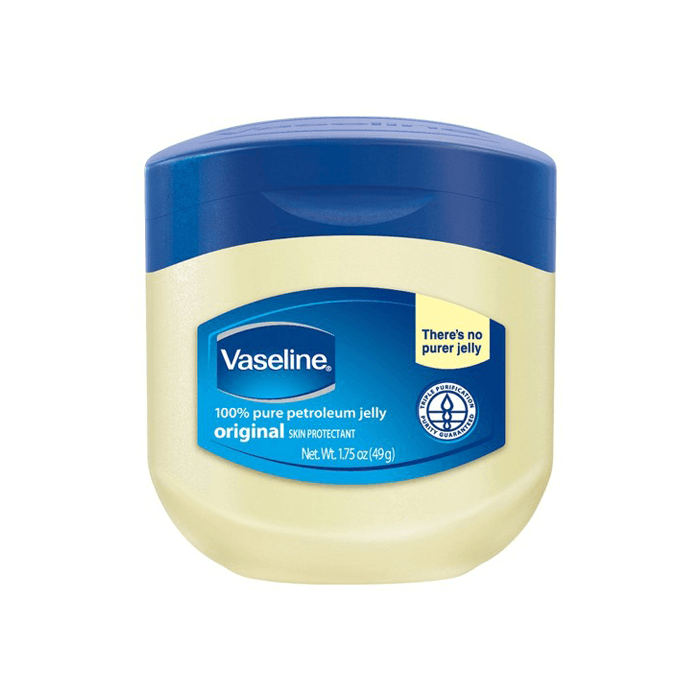 [/col-sm]
[/col-sm]
[/row]
[/container]
[container]
[row]
[col-sm]
Delray Beach, FL, dermatologist Dr. Janet Allenbytakes the food-grade, grocery-store route when it comes to her pick. “I love coconut oil used for cooking. I use it as an additive to extend my body treatments and skin care products.”
[/col-sm]
[col-sm]
[/col-sm]
[/row]
[/container]
[container]
[row]
[col-sm]
“Vanicream is a wonderful line developed for sensitive skin and eczema, formulated free of dyes, fragrance, masking fragrance, lanolin, parabens, and formaldehyde. The CREAM (not the lotion) is particularly hydrating and emollient. I use it myself,” says Campbell, CA, dermatologist Amelia K. Hausauer, MD, who adds that the 4-ounce tube is usually around $7, but if you want the huge, one-pound tub, that’s less than $15.
A second must from Dr. Hausauer: The Cetaphil Baby line. “Most of the products are less than $10 and the range helps restore the skin’s barrier function, while keeping it hydrated and moist.” [/col-sm]
[col-sm]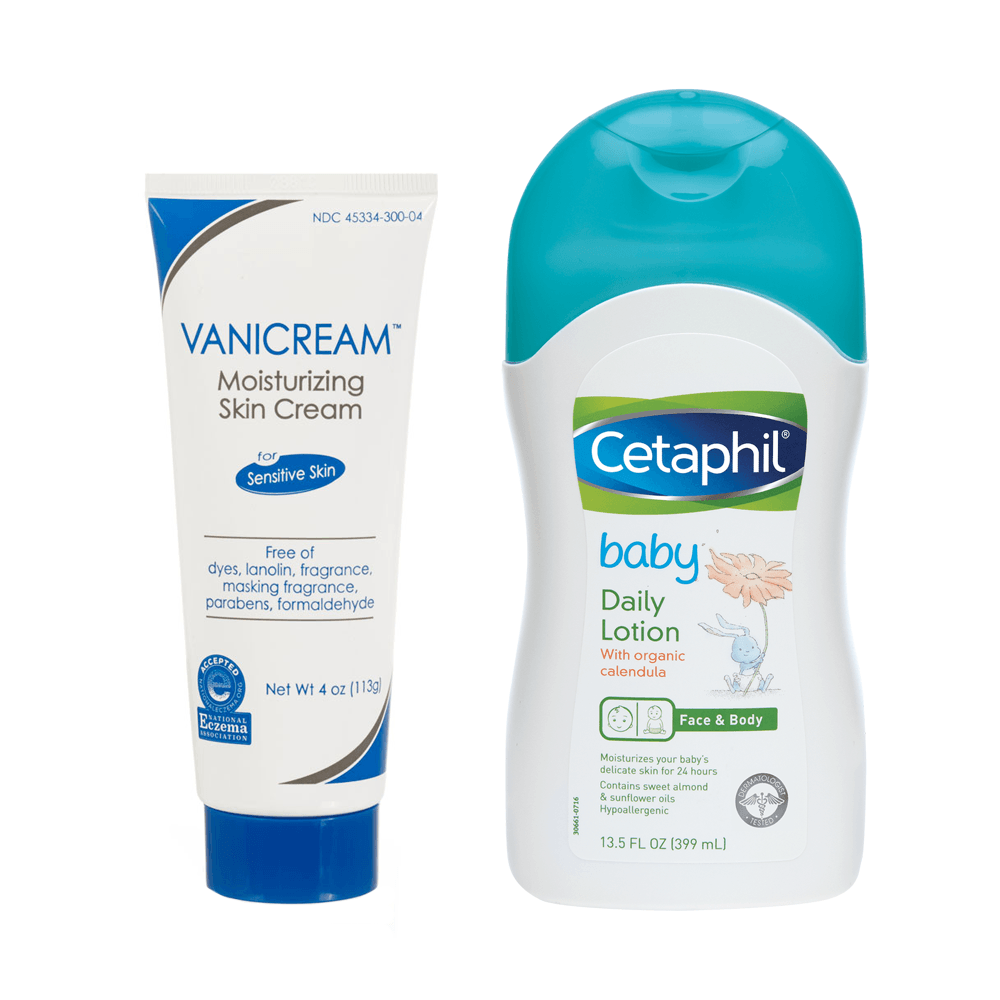 [/col-sm]
[/col-sm]
[/row]
[/container]
[container]
[row]
[col-sm]
Beverly Hills, CA, dermatologist Rhonda Rand, MD, says making the less-than-$10 selection is tough, but she would recommend a small tube of Albolene to remove eye makeup or face makeup. “It’s greasy, but I’ve never seen an allergy from it and it’s great for cold, dry climates.”
[/col-sm]
[col-sm]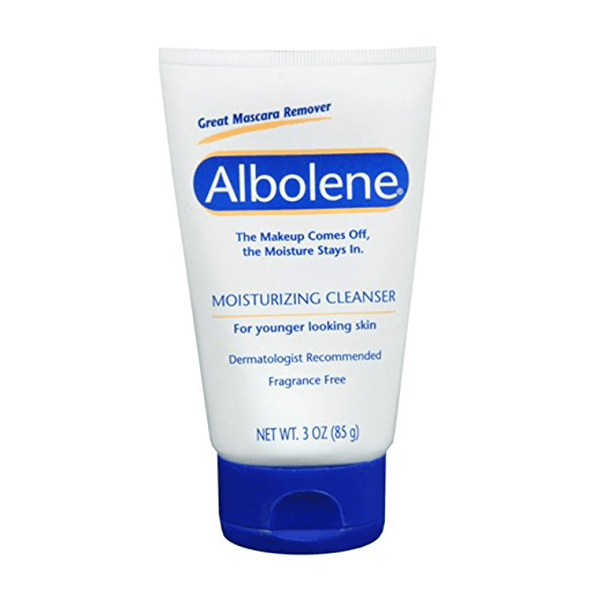
[/col-sm]
[/row]
[/container]
[container]
[row]
[col-sm]
“Aquaphor ointment is a great inexpensive topical,” says Greenwich, CT, dermatologist Lynne Haven, MD. “It is useful for chapped lips, superficial abrasions, eczema, and after certain laser procedures.” Greenwich, CT, dermatologist Kim Nichols, MD, also gives the product an A-plus—especially during this time of year. “Whether in a tube or a container, this is a must-have for lips, dry patches, feet and hands! It both hydrates and soothes chapped skin from the winter.”
[/col-sm]
[col-sm]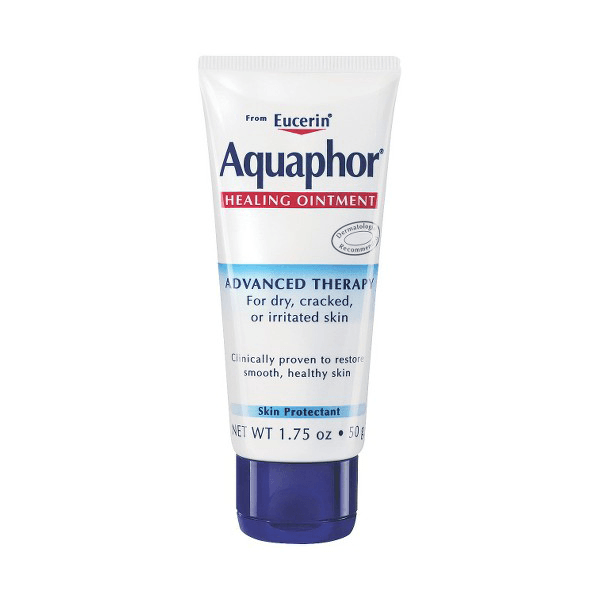
[/col-sm]
[/row]
[/container]
[container]
[row]
[col-sm]
It took five years of testing and 54 different prototypes, but Omaha, NE, dermatologist Joel Schlessinger, MD, and his son, Daniel, developed the $10 FixMySkin 1% Hydrocortisone Lip Balmafter wondering why regular lip balms didn’t work on dry skin on the body (VERY good question). “This product is a great product for dry lips and other areas of the body, especially during these cold, winter months,” Dr. Schlessinger says. “The beauty of it is that it contains essential oils and no petrolatum, so it glides on easily and coats the lips nicely without the bitter taste of petrolatum. It works on many conditions, ranging from eczema to psoriasis and seborrheic dermatitis and is particularly great for lips that are dry from medications such as Accutane.”
[/col-sm]
[col-sm]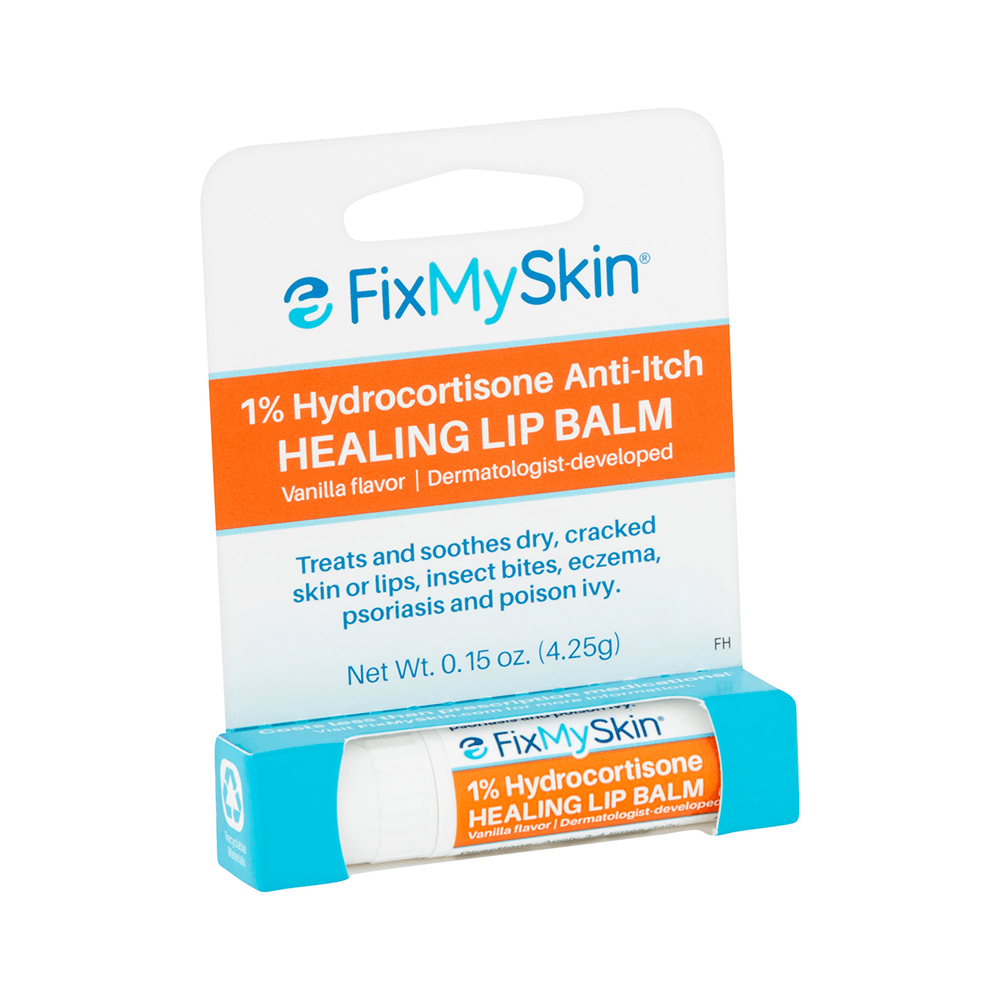
[/col-sm]
[/row]
[/container]
As the saying goes, 40 is the new 30 (or is it 20, now?) and with the right skin care products and treatments, your complexion can also look the part. We all know that the light moisturizer that kept your skin dewy even while fighting the worst hangover in your 20s just isn’t going to cut it when you’re dealing with more fine lines, wrinkles, laxity and changing skin texture. So we tapped eight top dermatologists to get the scoop on what products and procedures worked the best—and made the biggest difference—in their skin after 40.
[container]
[row]
[col-sm]
Clear + Brilliant
“Clear + Brilliant has allowed me bit to wear only a bit makeup every day to the office or even to the gym where I would always had to cover up my blemishes.
I had decreased my breakouts and made my skin plump and right again! I LOVE it. It’s the #nofilter no-makeup procedure! No downtime, but a couple of hours of redness and that’s that!”
—Miami dermatologist Dr. Janice Lima Maribona
Image courtesy of Dr. Lima Maribona
[/col-sm]
[col-sm]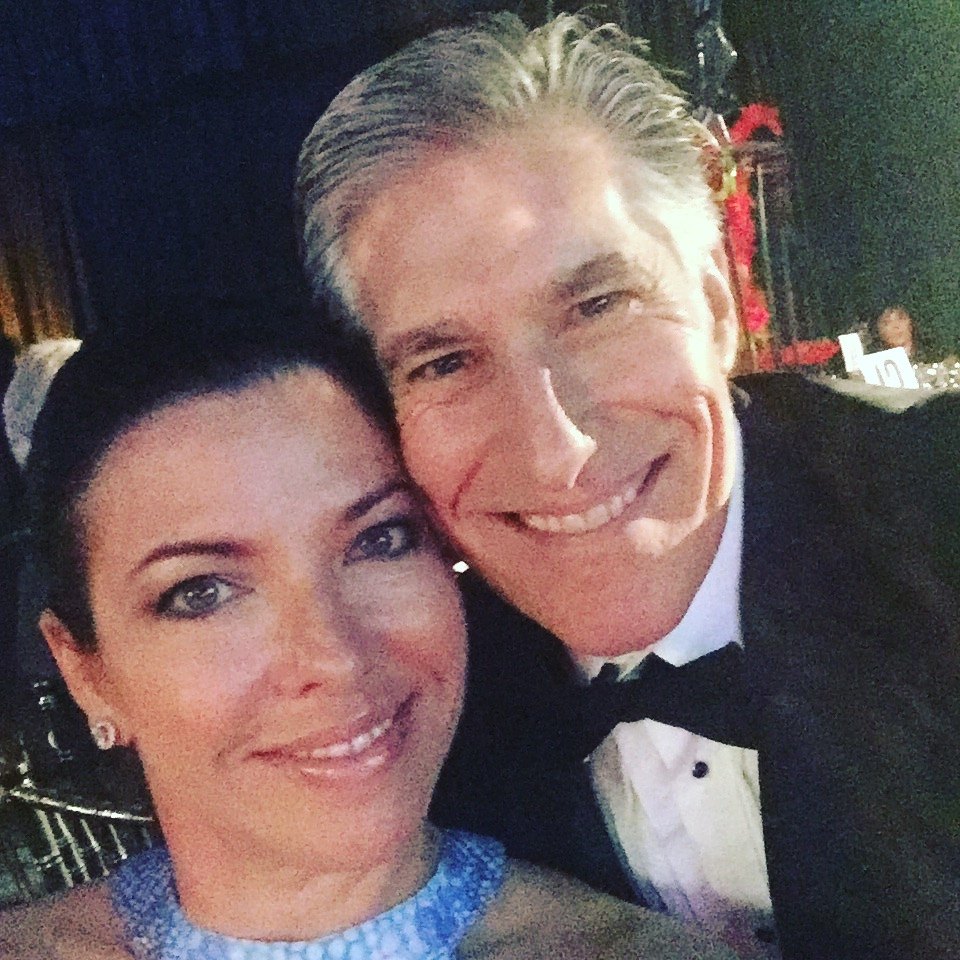
[/col-sm]
[/row]
[/container]
[container]
[row]
[col-sm]
Sculptra Aesthetic
“After I turned 40, I realized how important lift and proportion are. Sculptra is a filler that is extremely natural, but provides several benefits. It stimulates collagen growth, which creates a lift and improves the texture of your skin by minimizing wrinkles. It softly adds a contoured shape that enhances your natural features and helps you to regain your youthful appearance.”
—Delray Beach, FL, dermatologist Dr. Janet Allenby
Image courtesy of Dr. Allenby
[/col-sm]
[col-sm]
[/col-sm]
[/row]
[/container]
[container]
[row]
[col-sm]
Sunscreen & Fillers
“As a second generation derm, I had a head start on great skin—sun protection was a way of life in my family much even in the 1970s. I’ll be 53 in January, and I have spotless skin on the face and body without ever having used a retinoid, laser or peel. My primary sign of aging has been volume loss, and it happened seemingly overnight after I underwent chemotherapy-induced menopause at 43 years old. My already long, thin face and prominent jaw became hollow and angular. I’d always had tear troughs, but they worsened and I looked tired. Filler was the key to my personal Benjamin Button effect. Starting with Sculptra for volume and then hyaluronic acid fillers, including Juvéderm Voluma, Restylane products and Belotero, I looked like me again! In fact, people regularly comment that I look even prettier now than I did in my 30s.”
—Nanuet, NY, dermatologist Heidi A. Waldorf, MD
Image courtesy of Dr. Waldorf
[/col-sm]
[col-sm]
[/col-sm]
[/row]
[/container]
[container]
[row]
[col-sm]
SkinMedica TNS Essential Serum & PicoSure Laser
“One of my favorite products I use every day is TNS Essential Serum by SkinMedica. I also make sure to have a PicoSure Focus treatment at least every six months. TNS Essential Serum has growth factors and seven antioxidants that improve the overall appearance of my skin tone and texture, and PicoSure Focus treatments help to stimulate the fibroblasts in the skin, which helps to maintain collagen production and keep a youthful appearance.”
—Fresno, CA, dermatologist Kathleen Behr, MD
Image courtesy of Dr. Behr
[/col-sm]
[col-sm]
[/col-sm]
[/row]
[/container]
[container]
[row]
[col-sm]
ActiveFX & DeepFX Laser
“The procedure that made the biggest different was definitely the full-face laser resurfacing I had after 40. There’s some evidence that completely removing the skin allows the fresh stem cells to repopulate and keep the skin youthful.”
—Santa Monica, CA, dermatologist Ava Shamban, MD
Image courtesy of Dr. Shamban
[/col-sm]
[col-sm]
[/col-sm]
[/row]
[/container]
[container]
[row]
[col-sm]
Ultherapy & Neuromodulators
“The biggest difference for me has been combining Ultherapy with neuromodulators and skin care to help stimulate collagen and lift, tighten and rebalance muscles to maintain and enhance symmetry and keep myself looking my best as I work my way up through my 50s!”
—New York dermatologist Doris Day, MD
Image courtesy of Dr. Day
[/col-sm]
[col-sm]
[/col-sm]
[/row]
[/container]
[container]
[row]
[col-sm]
BBL Photofacial & PicoSure
“A BBL Photofacial combined with the PicoSure laser to my face is the joint procedure that has really made the biggest difference for my skin after 40. The Pico helps the deeper pigment and the BBL helps the more superficial pigment, and the two complement each other. When I do the two together, my skin really glows.”
—New York dermatologist Jody Levine, MD
Image courtesy of Dr. Levine
[/col-sm]
[col-sm]
[/col-sm]
[/row]
[/container]
[container]
[row]
[col-sm]
Ultherapy
“Ultherapy is a noninvasive treatment for lifting and tightening the skin, and uses microfocused ultrasound to stimulate collagen deep within the skin with little or no downtime. The result? Tighter, lifted skin! Once I was in my 40s, I noticed I was appearing more tired on my face and around my eyes. I knew I wasn’t ready for a traditional facelift, nor did I want that type of downtime, so I chose Ultherapy as my treatment for a subtle yet more lifted appearance. My skin is smoother and tighter, and I loved the results so much on my face, I also had Ultherapy done my stomach, off-label, (after three kids!). And boy, did it do wonders! Ultherapy has helped me to look my best for my age without appearing overdone.”
—Greenwich, CT dermatologist Kim Nichols, MD
Image courtesy of Dr. Nichols
[/col-sm]
[col-sm]
[/col-sm]
[/row]
[/container]
Liz Ritter , Executive Managing Editor |
You can probably rattle off hard-hitting skin care ingredients by the mile, but we can bet there’s one super effective, super important ingredient that you most likely don’t even know to look for on the label. “Ceramides are certainly the underdog when thinking about skin care,” Greenwich, CT, dermatologist Kim Nichols, MD, says. “While you may not recognize them as a well-known skin care ingredient, they certainly deserve to be—they create the skin’s natural protective layer, assist in holding the skin together and are vital in helping to retain moisture in the skin.”
So how can something so important be so under-the-radar? For starters, Dr. Nichols says that the accessibility and formulations of ceramides have changed somewhat over the years, so it’s not so much that they’re “new,” as they are more accessible (brands like Elizabeth Arden, Dr. Jart+ and CeraVe even have entire ranges devoted to them). “Now you will find them in many over-the-counter skin care products, which was not always the case. Also, many skin care lines are combining ceramides with other hydrating lipid ingredients, such as cholesterol and fatty acids to give extra intense moisture retention.”You May Also Like: Elizabeth Arden’s Cult-Classic Skin Care Capsules Just Got an Anti-Aging UpgradeThat all sounds like a plus, but beyond the hydration factor, ceramides are imperative to healthy skin because they ARE the naturally occurring lipids (i.e. oils) present in the skin and are pretty much the most important factor that plays into a parched complexion. “The root cause of dry skin can be due to a loss or breakdown of ceramides,” Dr. Nichols says. “By using a product that contains ceramides, you are helping to replenish your skin, which, in turn, will assist in hydration and overall skin health.”
Then there’s the aging factor: “With early skin aging, we notice a decrease in the foundation of our skin, such as collagen proteins and ceramide production,” explains New York dermatologist Julie Russak, MD. “In the top layer of the skin, ceramides hold skin cells together, forming a protective layer that plumps the skin and retains moisture.”
As Dr. Russak also points out, ceramides aren’t just an ingredient intended for external skin slathering. “A great analogy would be to think of skin cells as bricks, and the ceramides as the mortar or spackle holding it together. Ceramides’ crucial role of re-enforcing the skin barrier ensures our skin, which is meant to protect us, does this job effectively.”
While you can find ceramides in certain foods, such as brown rice, sweet potato spinach and eggs, Dr. Russak says it’s a good idea to not only incorporate them via diet, but through supplementation and a topical skin care regimen as well. Her pick: NeoCell Ceramides Skin Hydrator, which she says has a unique blend of ceramides, vitamin C, coconut water and hyaluronic acid to “make for a perfect skin hydrator at any age.”